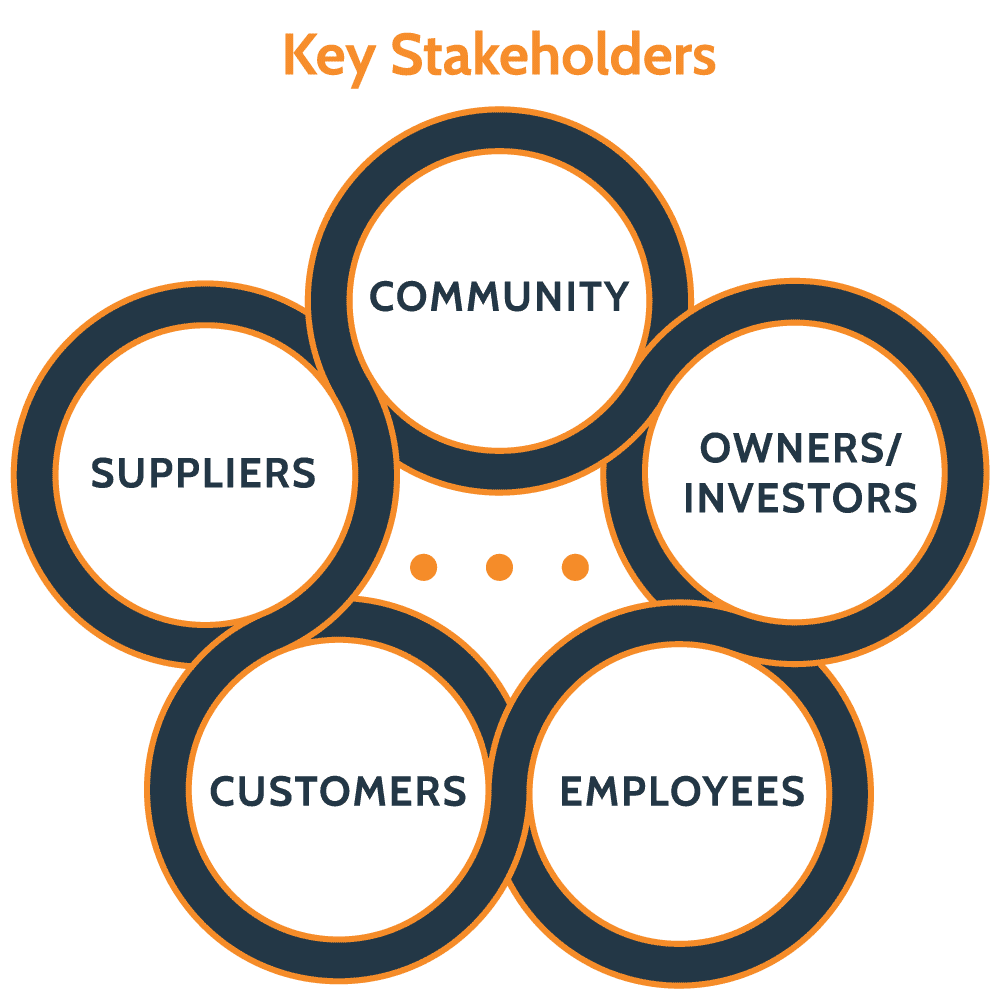 Don Lyons | DWH Director
Don Lyons | DWH Director
Don has over 15 years of experience in project management, executive coaching, organizational development, strategic planning, business development, research and evaluation, and facilitation. He has worked both domestically and internationally with governmental departments, private entities, and tribal nations. As an enrolled citizen of Leech Lake Band of Ojibway and a descendent of Six Nations Mohawk, he is passionate about working on projects that support strong and healthy Indigenous Nation Building. In a consulting role, Don is helping DWH grow its engagement strategy as it relates to economic development for tribal nations. In addition to obtaining his BA and MSW from Michigan State University, Don is also a master of ceremonies for pow wows across the country, an active pow wow dancer, and a student of learning Anishinaabemowin, the indigenous language of the Ojibway. He is also actively working with American Indian Health & Family Services as a Board Member. Find out more about Don by visiting his LinkedIn profile and the DWH website.
 Ryan Lapoe | DWH Financial Analyst
Ryan Lapoe | DWH Financial Analyst
Ryan has spent much of his professional career in different aspects of Finance. This includes practices in wealth management, performing revenue cycle operations, and now working as a Financial Analyst at DWH. His background in financial modeling and data analysis helps him create understandable, actionable recommendations for business owners. He focuses on cash flow modeling and financial forecasts to guide these discussions. Ryan holds a B.A. in Finance from Michigan State University. During his time there, he acquired knowledge of GAAP, as well as financial acumen and best practices. While initially residing in Michigan, Ryan and his wife, Shannon, lived in Atlanta, Georgia for about 2 years where they enjoyed the warm weather and the extended golf seasons. They are now proud to call West Michigan their home once again. Find out more about Ryan by visiting his LinkedIn profile and the DWH website.














